محصولات ویژه
© کپی رایت 2025 | کلیه حقوق مادی و معنوی متعلق به بتنو می باشد
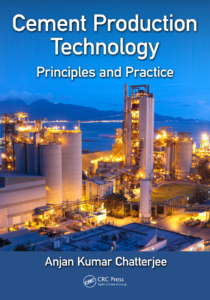
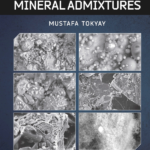 CEMENT and CONCRETE MINERAL ADMIXTURES_ مواد افزودنی معدنی برای سیمان و بتن
CEMENT and CONCRETE MINERAL ADMIXTURES_ مواد افزودنی معدنی برای سیمان و بتن
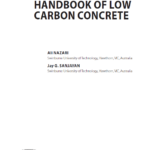 HANDBOOK OF LOW CARBON CONCRETE_ راهنمای بتن کم کربن
HANDBOOK OF LOW CARBON CONCRETE_ راهنمای بتن کم کربن
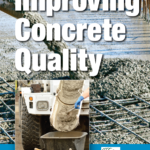 Improving Concrete Quality_بهبود کیفیت بتن
Improving Concrete Quality_بهبود کیفیت بتن
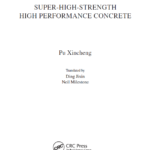 SUPER-HIGH-STRENGTH HIGH PERFORMANCE CONCRETE_ بتن با عملکرد فوق العاده بالا
SUPER-HIGH-STRENGTH HIGH PERFORMANCE CONCRETE_ بتن با عملکرد فوق العاده بالا
 Best Practices Guide for High-Volume_راهنمای بهترین روش ها برای حجم بالا
Best Practices Guide for High-Volume_راهنمای بهترین روش ها برای حجم بالا
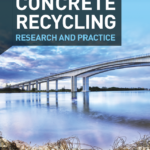 Concrete Recycling_ بتن بازیافتی
Concrete Recycling_ بتن بازیافتی
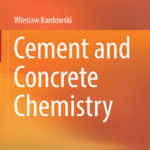 Cement and Concrete Chemistry_سیمان و بتن شیمی
Cement and Concrete Chemistry_سیمان و بتن شیمی
 Alkali-Aggregate Reaction in Concrete: A World Review_کتاب واکنش قلیایی سنگدانه در بتن: یک مرور در اطلس جهان
Alkali-Aggregate Reaction in Concrete: A World Review_کتاب واکنش قلیایی سنگدانه در بتن: یک مرور در اطلس جهان
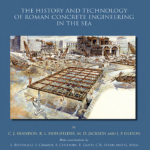 BUILDING FOR ETERNITY_ساختن برای ابدیت
BUILDING FOR ETERNITY_ساختن برای ابدیت
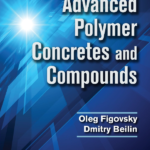 Advanced Polymer Concretes and Compounds_بتن های پلیمری پیشرفته و اجزای آن
Advanced Polymer Concretes and Compounds_بتن های پلیمری پیشرفته و اجزای آن
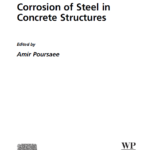 Corrosion of Steel in Concrete Structures_خوردگی فولاد در سازه های بتنی
Corrosion of Steel in Concrete Structures_خوردگی فولاد در سازه های بتنی
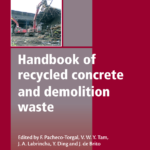 Handbook of recycled concrete and demolition waste_ کتاب راهنمای بتن بازیافتی و ضایعات تخریب
Handbook of recycled concrete and demolition waste_ کتاب راهنمای بتن بازیافتی و ضایعات تخریب